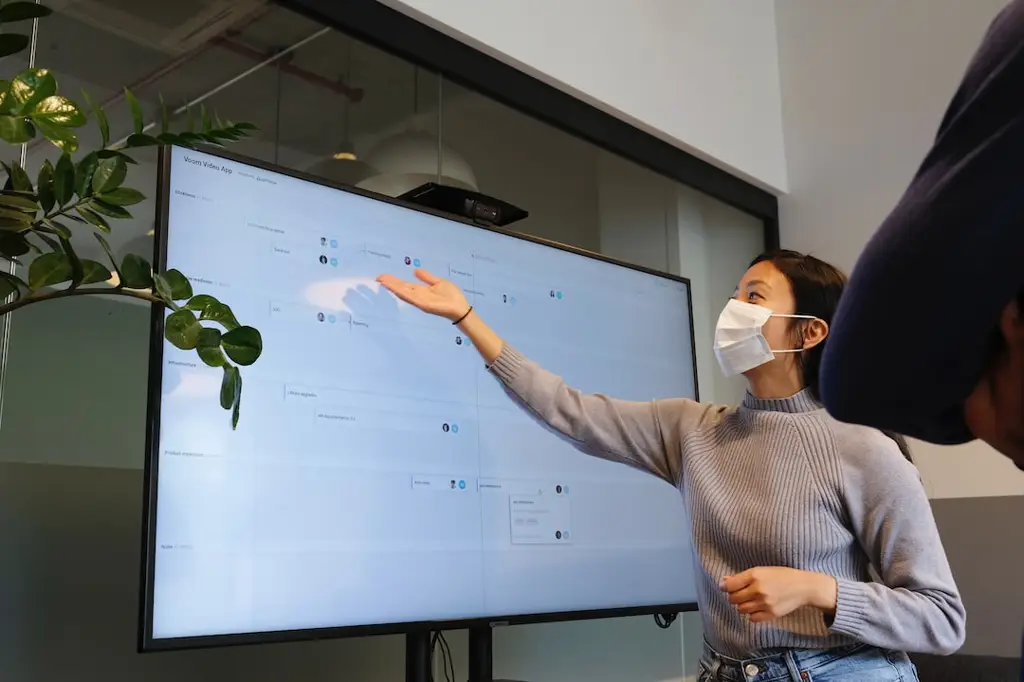Upskilling and Reskilling: Embracing New Skills for Future Job Roles
As technology advances and the job market evolves, it is becoming increasingly important for individuals to continuously update their skills to remain competitive and adapt to changing job roles. Upskilling and reskilling have emerged as crucial strategies for career growth and professional development.
Upskilling refers to acquiring additional skills in a specific field or enhancing existing skills to stay relevant and meet the demands of higher-level positions within the same profession. For example, a software developer might upskill by learning a new programming language or mastering a specialized framework to improve their expertise and increase their chances of promotion.
Reskilling , on the other hand, involves acquiring new skills in a different field or industry to transition into a completely different job role. This is often necessary when technological advancements or market shifts make certain jobs obsolete. An example of reskilling is when an automotive assembly line worker learns digital marketing skills to pursue a career in e-commerce.
Example:
John, a marketing executive, realizes that his company’s focus is shifting towards data-driven marketing strategies. To remain valuable to his employer and enhance his career prospects, John decides to upskill by enrolling in courses that teach data analytics and machine learning. By acquiring these new skills, John can effectively analyze marketing data, extract insights, and make data-driven decisions to optimize marketing campaigns.
Upskilling and reskilling not only benefit individuals but also contribute to the overall growth and productivity of organizations. It allows companies to fill skill gaps internally, reducing the need for external hiring and the associated costs. Moreover, when employees feel supported in their professional development, they are more likely to be engaged, motivated, and loyal to their employers.
Both upskilling and reskilling can be pursued through various avenues, such as online courses, workshops, industry certifications, mentorship programs, or even on-the-job training. It is essential for individuals to identify the skills that are in high demand and align them with their career goals and interests. By continuously investing in their skills, individuals can future-proof their careers and remain adaptable in a rapidly changing job market.
Example:
Sarah, a graphic designer, realizes that the demand for user experience (UX) design is growing rapidly. She decides to reskill by attending a UX design bootcamp. Through this intensive program, Sarah learns the principles of UX design, user research, and prototyping. Armed with these new skills, Sarah is able to transition from graphic design to UX design, opening up new career opportunities in a thriving field.
In conclusion, upskilling and reskilling have become vital strategies for individuals to thrive in the face of technological advancements and evolving job roles. By embracing new skills, individuals can stay relevant, enhance their career prospects, and contribute to the success of their organizations. Whether through upskilling within their current profession or reskilling to pursue a different career path, continuous learning is key to adapting to the demands of the future job market.












